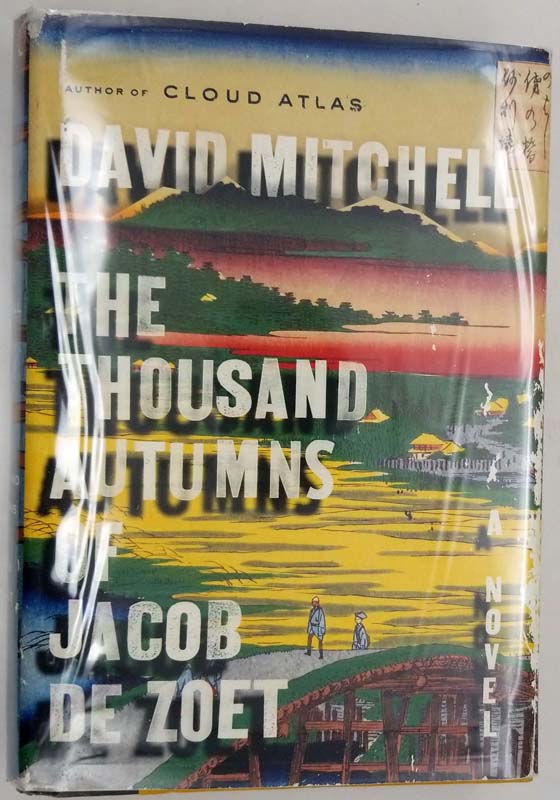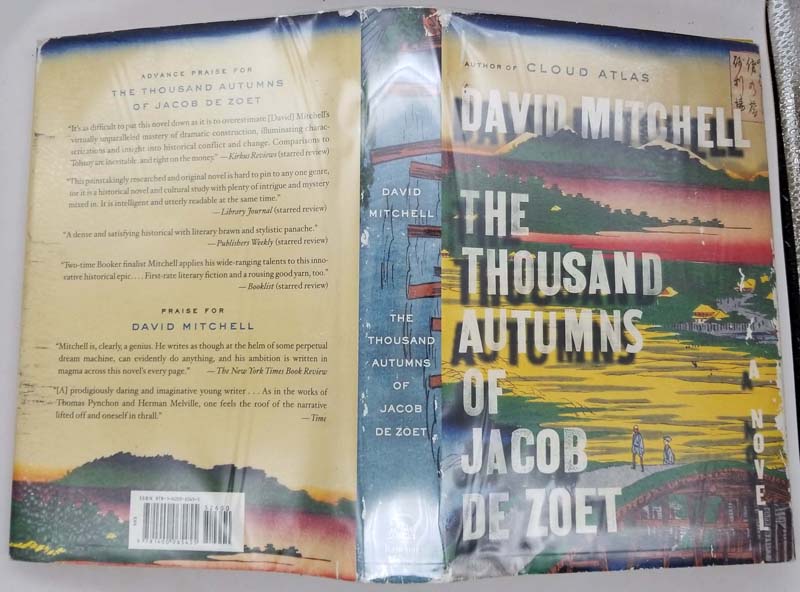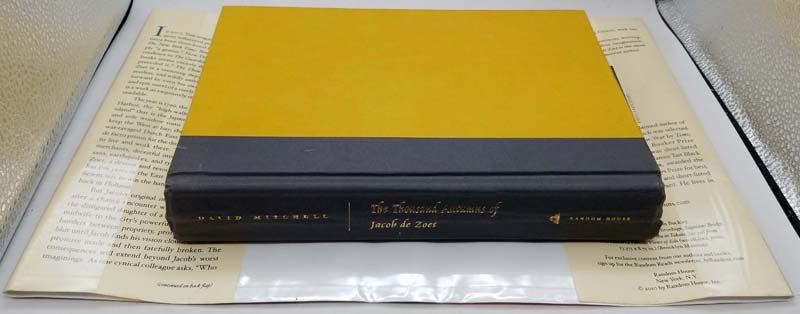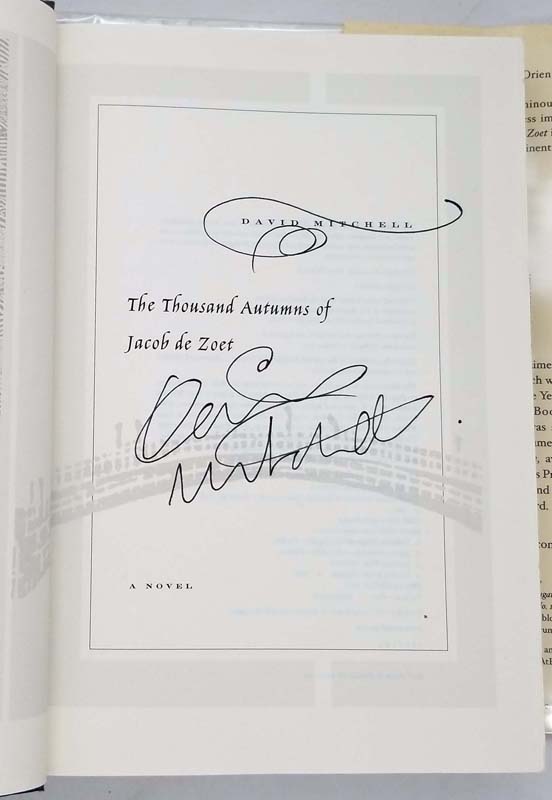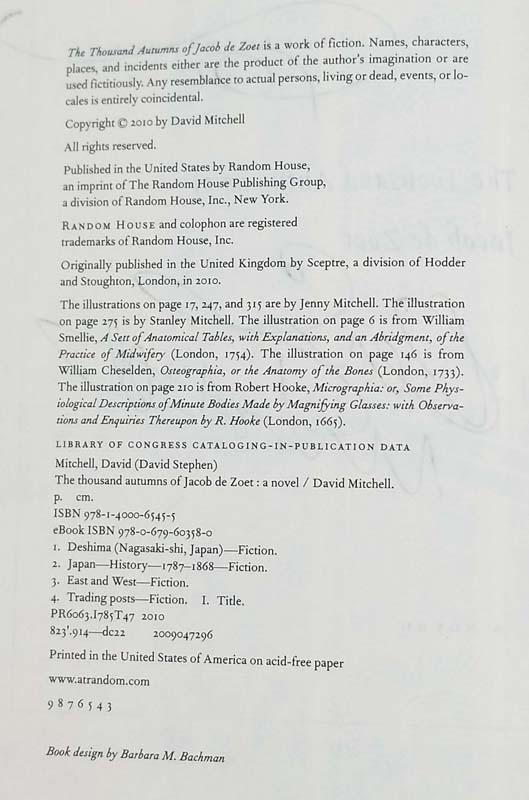David Mitchell’s The Thousand Autumns of Jacob de Zoet is a richly textured historical novel set in 1799 on the artificial island of Dejima, Japan’s sole trading outpost with the West during the sakoku (closed country) period. The story follows Jacob de Zoet, a devout and scrupulous Dutch clerk sent to audit the corrupt dealings of the Dutch East India Company. As Jacob navigates the rigid hierarchies of Dejima—where every interaction with the Japanese is surveilled—he falls obsessively in love with Orito Aibagawa, a midwife with a distinctive burn scar and a fierce intellect.
When Orito is sold into a sinister mountain cult (Shrine of Mount Shiranui) that practices immortality rituals, Jacob risks everything to rescue her, aided by a dissident British sailor (Penhaligon) and a conflicted Japanese interpreter (Uzaemon). Mitchell’s prose melds pitch-perfect 18th-century cadences with razor-sharp character studies, while the plot weaves forbidden love, corporate espionage, and body horror into a meditation on cultural collision.
“A love letter to a world where East and West circle each other like wary cats—one misstep from bloodshed or revelation.”
Praised for its meticulous research and unflinching humanity, it’s often called Mitchell’s most accessible novel after Cloud Atlas.
